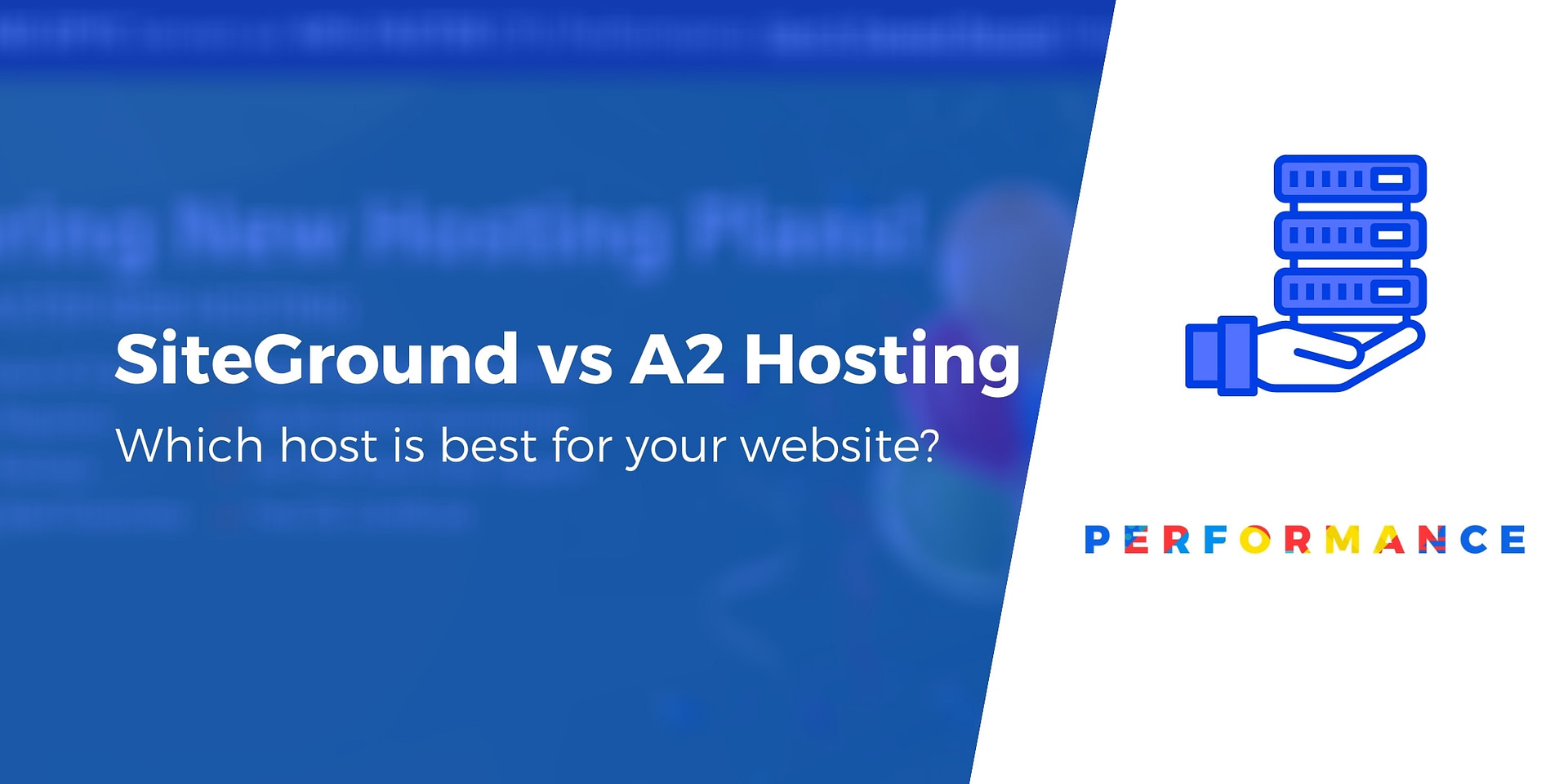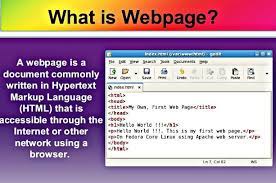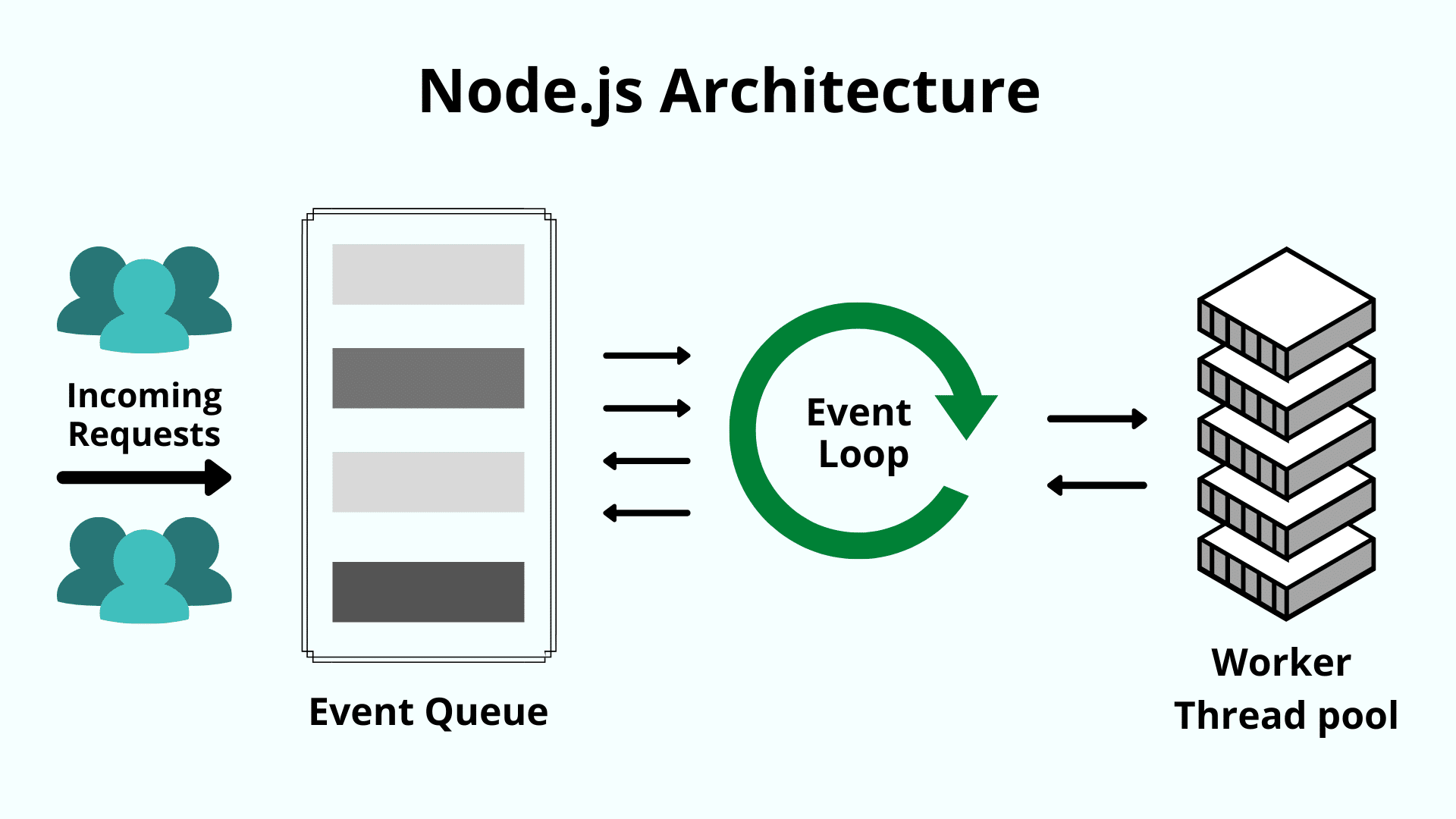
Monitoring the Apache server's performance on a regular basis is important if you use it. Many open source utilities and tools can be used to assess the performance and health of your Apache Web Server. To be able visualize metrics, analyze historic trends, and create useful alerts, you will need a monitoring tool that integrates easily with Apache.
Apache2 Status: (Apache versions 2.2 & up)
The Apache server status page is a built-in functionalities of the Apache HTTP server software that provides information about the current status of the server. The status page provides information such as how many requests have been processed and how many workers are idle. This can be used from a security standpoint to identify the different vHosts and paths that an attacker could possibly access.
This page can be accessed via a URL located on the server or by enabling the module. You can limit the access to this webpage to specific IPs. To update this block, you must update the block beginning with
Place /serverstatus> either in your Apache configuration or main file.
M

od_status
The mod_status Apache plugin allows you to display a plain HTML document that shows the key parameters for incoming requests on your webserver. The page is accessed by a browser and you can configure it to display various types statistics about your server.
This feature can be disabled but it can also be enabled to monitor webserver load and incoming request with ease. The page contains various key parameters such as PIDs with the respective clients and much more.
Apache Server Status Page
Apache HTTPd's status page provides detailed information about current operations and status. It can give details like the number of requests, their status and idle workers.
You can access this page from your own machine or from a remote location using the URL: "http://your-server-ip/server-status". This is an excellent tool to check the overall load and performance of your server. The extended status feature will show you additional information about the number of requests being executed per worker.

If you are facing a load problem on your Apache web server, then it is important to look into the root cause of this issue. The server status page, your top or htop list can be used to find the Apache worker process IDs that are causing a load issue.
Use the apache2stat command instead to check Apache service uptime. This command shows the current time, the service uptime, load and multiple other kinds of info about your Apache web server.
The ps command allows you to run the apache2status command. You can also run this command through a shell and use the -e option to select every process on your system. The output from the example shows that the process has been running for four hours, ten minutes and twenty-eight seconds (only take into account the one which was started by root).
FAQ
WordPress is a CMS?
The answer is yes. It's a Content Management System (CMS). CMS allows you to manage the content of your website from within a web browser, instead of using applications like Dreamweaver and Frontpage.
The best part about WordPress is that it's free! Other than hosting, which you usually get from your ISP.
WordPress was initially designed as a blogging platform but now offers many different options, including eCommerce sites, forums, membership websites, portfolios, etc.
WordPress is easy and quick to install. It is necessary to download the installation file from their site and upload it on your server. Simply visit the domain name from your web browser, and then log in to the new site.
After installing WordPress, you'll need to register for a username and password. Once you have logged in, a dashboard will appear where you can view all of your settings.
From here, you can add pages, posts, images, links, menus, widgets, and plugins. You may skip this step if you feel comfortable editing and creating content.
If you prefer to work with a professional web designer, you can hire them to manage the entire process.
How Much Does It Cost to Make An Ecommerce Site?
This depends on your platform and whether you hire a freelancer or go through a service provider. The average eCommerce site starts at $1,000.
However, once you decide on a platform, you can expect to pay anywhere between $500 and $10,000.
Templates are usually not more expensive than $5,000, unless you have a specific purpose. This includes any customizing you do to your brand.
What Is Website Design Software?
Web design software is used to create web pages and other digital media by graphic artists, photographers and illustrators.
There are two types main website design software options: desktop apps and cloud-based. Desktop apps are installed locally on your computer and require you to install additional software on your computer. Cloud-based solutions are hosted remotely on the internet and require no additional software on your computer, making them ideal for mobile users.
Desktop Applications
While desktop applications offer more advanced features than those in cloud-based solutions, they aren't always necessary. Some people prefer working exclusively on a desktop app, as they find it easier. Others like to use the same tool regardless of whether they are working on a laptop or a smartphone.
Cloud-Based Solutions
Cloud-based solutions are a great option for web designers looking to save time and money. These services allow you access any type of document to be edited from anywhere on the internet. This means that you can work on your tablet while waiting to brew your coffee.
If you decide to use a cloud service, you will still need a license. However, additional licenses are not required to upgrade to a newer version.
These programs can be used in Photoshop, InDesign, Illustrator or any other Adobe product to create web pages.
Can I make my website using HTML and CSS?
Yes, you can! It's possible! You need to have basic knowledge in web design and programming languages, such as HTML (Hyper Text Markup Language), CSS and Cascading Style sheets (Cascading CSS Sheets). These languages allow you create websites that can be viewed by anyone with internet access.
What is a static web site?
A static website is where all content is stored on a server and accessed by visitors via web browsers.
The term "static", refers to the absence or modification of images, video, animations, and so forth.
This site was initially designed for corporate intranets, but it has been adopted by individuals or small businesses who desire simple websites that don't require complex programming.
Static sites have become increasingly popular because they require less maintenance. They're easier to update and maintain when compared to a fully-featured website with many different components (such as blogs).
They also load more quickly than dynamic counterparts. They are ideal for mobile users and those with slow Internet connections.
Also, static websites are more secure that dynamic counterparts. It is difficult to hack into static websites. Hackers have limited access to data within a database.
Two main methods can be used to create a static site:
-
Using a Content Management System.
-
Create a static HTML web site
It depends on what your needs are. A CMS is a good choice if you are new to website creation.
Why? Because it allows you to have full control over your website. A CMS means that you don't have to hire someone to set up your website. Upload files to the web server.
It is possible to still learn how code can be used to create static websites. You will need to spend some time learning to program.
How do I design a website.
First, you need to know what your customers want from your site. What are your customers looking for?
What kind of problems can they have if they cannot find what they want on your site?
This knowledge will help you to identify the problems and then solve them. Make sure everything looks good on your website. It should be easy-to-use and navigate.
Your site should be very well-designed. You should ensure that your site loads quickly. If it takes too much time, people will not stay as long as they want. They'll move elsewhere.
You need to consider where your products are located when you build an eCommerce website. Are they all located in the same location? Are they in one location?
You need to decide whether you want to sell one product at once or many different types of products. Are you looking to sell one product or several?
These questions will help you decide if you want to build your website.
Now it is time for you to concentrate on the technical aspect of things. How will your site operate? Is your site fast enough to be useful? Can it be done quickly by people using their computers?
Are people able to purchase something without paying extra? Will they have to register with your company before they can buy something?
These are crucial questions you should be asking yourself. When you have the answers, you can move on.
What is a static web site?
A static site can be hosted anywhere. This includes Amazon S3, Google Cloud Storage. Windows Azure Blob storage. Rackspace Cloudfiles. Dreamhost. Media Temple. A static website can be also deployed to any platform supporting PHP, including WordPress, Drupal and Joomla!, Magento, PrestaShop and others.
Static web pages are usually easier to maintain because they're not constantly sending requests back and forth between servers. A static web page loads faster as there is no need to forward requests back and forth among servers. Static web pages are better for small businesses that don't have enough resources or the time to maintain a website.
Statistics
- It's estimated that in 2022, over 2.14 billion people will purchase goods and services online. (wix.com)
- At this point, it's important to note that just because a web trend is current, it doesn't mean it's necessarily right for you.48% of people cite design as the most important factor of a website, (websitebuilderexpert.com)
- Did you know videos can boost organic search traffic to your website by 157%? (wix.com)
- In fact, according to Color Matters, a signature color can boost brand recognition by 80%. There's a lot of psychology behind people's perception of color, so it's important to understand how it's used with your industry. (websitebuilderexpert.com)
- It enables you to sell your music directly on your website and keep 100% of the profits. (wix.com)
External Links
How To
How to use WordPress for Web Design
WordPress is a software application that you can use to build websites or blogs. Easy installation, powerful theme options, and plug-ins are some of the main features. This website builder allows you to customize your site according to your preferences. You can choose from hundreds of themes or plugins to make your site unique. If you wish, you can add your domain name. You can manage your site's appearance, functionality, and design with these tools.
With the power of WordPress, you can create beautiful sites without knowing how to code HTML. If you don't know anything about coding, there's no reason why you shouldn't be able to set up a professional-looking website in minutes! In this tutorial, we'll show you how to install WordPress on your computer and then walk through some basic steps to get your new blog online. Everything will be explained so that you can follow the steps at home.
The most popular CMS (Content Management System) out there is WordPress.com currently has around 25 million users worldwide and counting. Two versions of WordPress are available. You can either get a license from them at $29/month or you can download the source code for free.
WordPress is a popular blogging platform. There are many reasons for this. WordPress is simple to use. Anyone can create great-looking websites by learning HTML. You also have the flexibility to change your site's look and feel. WordPress.org provides many themes free of charge. You can easily change the look and feeling of your site without spending a dime. You can also customize it. Numerous developers offer premium addons that enable you to automatically update posts whenever someone comments on them, or integrate social sharing into your website.